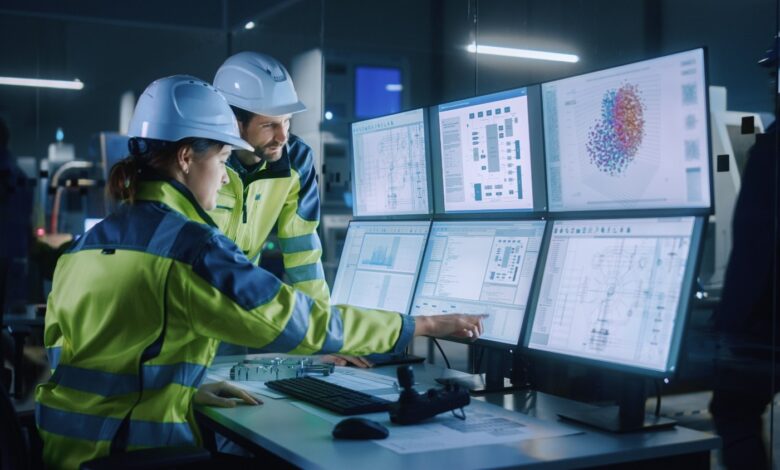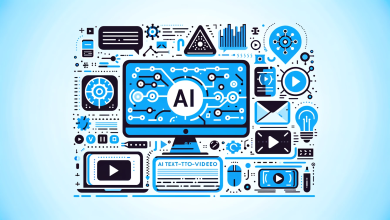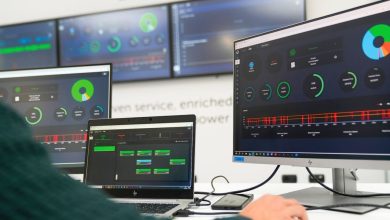
The construction industry is at a crossroads. Faced with mounting pressures to deliver projects faster, safer, and more cost-effectively, organisations are increasingly turning to artificial intelligence (AI) to drive transformation. Yet, with a patchwork of legacy systems and deeply entrenched processes, the journey to AI-enabled construction management is as complex as it is promising. The key lies not only in understanding what AI can do, but in knowing when and where to deploy it for maximum impact.
The new era of project timeline optimisation
Managing construction timelines has long been a balancing act, with schedules frequently disrupted by unforeseen events such as weather changes, supply chain delays, or labour shortages. Historically, project managers have relied on static planning tools and manual coordination, which can make it difficult to adapt to real-time changes.
AI-powered scheduling tools are transforming this process. By continuously analysing a multitude of variables, including historical data, current site conditions, weather forecasts, and resource availability, AI can dynamically identify the most efficient sequence of tasks. These systems can automatically adjust schedules when disruptions occur, reallocating resources and resequencing activities to keep projects on track. The ability to simulate various scenarios enables managers to prepare for potential setbacks, ensuring that projects remain resilient in the face of uncertainty.
AI also enhances real-time progress tracking. Through the use of computer vision and machine learning, AI systems can monitor thousands of activities across a project, flagging deviations from the plan and predicting potential delays. This proactive approach allows for early intervention, minimising the risk of cascading delays and keeping all stakeholders informed with up-to-date, data-driven insights.
Transforming resource allocation
Resource allocation is also a serious challenge in construction, where labour, equipment, and materials must be managed with precision to avoid costly inefficiencies. AI introduces a new level of intelligence to this process by leveraging predictive analytics.
By analysing both historical and real-time project data, AI can accurately forecast labour demand, match worker skills to specific tasks, and optimise shift scheduling. This ensures that the right people are assigned to the right roles at the right time, increasing productivity and reducing idle time. Furthermore, AI’s ability to monitor equipment usage and material consumption allows for delivery and predictive maintenance, minimising waste, and reducing the risk of costly downtime.
Material management is similarly enhanced. AI platforms can predict material requirements based on project progress and usage trends, automating procurement and delivery schedules. This reduces both shortages and excess inventory, keeping projects running smoothly and controlling costs.
Elevating safety and compliance standards
Safety is paramount in construction, and compliance with regulations is non-negotiable. AI is revolutionising how safety is managed on-site. Advanced monitoring systems powered by AI can analyse video feeds and sensor data to detect unsafe behaviours in real time, such as workers not wearing protective equipment or entering hazardous areas. These systems can issue instant alerts, enabling supervisors to address risks before incidents occur.
Beyond real-time monitoring, AI can analyse vast amounts of safety data to identify patterns and predict where accidents are most likely to happen. This allows for targeted interventions, such as additional training or increased supervision in high-risk areas. Automated compliance monitoring further streamlines the process, reducing administrative burdens, and minimising the risk of regulatory violations.
Integrating AI with legacy systems
Despite the clear benefits, integrating AI into construction environments often presents significant challenges. Many organisations operate with a patchwork of legacy systems, outdated machinery, and manual workflows that are not easily compatible with modern AI solutions.
Successful integration begins with digitalising existing processes and ensuring data quality. This may involve installing sensors, digitising paper records, and unifying data from multiple sources into a centralised platform. Middleware and cloud-based solutions can help bridge the gap between old and new systems, enabling AI to access and analyse the data it needs to deliver actionable insights.
The complexity of legacy systems and integration is further compounded by the growing importance of cybersecurity, as more connected and data-driven operations increase exposure to threats such as ransomware and data theft. As digital connections expand, so do potential vulnerabilities. Legacy systems and fragmented networks can create attractive targets for cyberattacks, making robust security measures more critical than ever.
Data governance is also essential, as AI’s effectiveness depends on the reliability and accessibility of the information it processes. Establishing standards for data collection, storage, and security ensures that AI systems can be trusted to deliver accurate and meaningful results.
Modernising infrastructure is crucial not only for seamless AI integration but also for building up cyber resilience. This involves assessing vulnerabilities, implementing robust access controls, and ensuring all digital solutions adhere to the highest security standards. Ultimately, a dual focus on innovation and protection is essential to safeguard both operational continuity and sensitive project data as the industry moves forward.
Strategic investment and the path forward
AI is poised to become a cornerstone of modern construction management, driving unprecedented improvements in efficiency, safety, and resilience. By strategically deploying AI where it delivers the greatest impact, and by addressing the challenges of legacy integration and cybersecurity, construction organisations can unlock new levels of performance and competitiveness. The journey requires vision, investment, and adaptability, but the rewards-faster project delivery, optimised resource use, and safer worksites-make AI an indispensable ally in shaping the future of construction.





